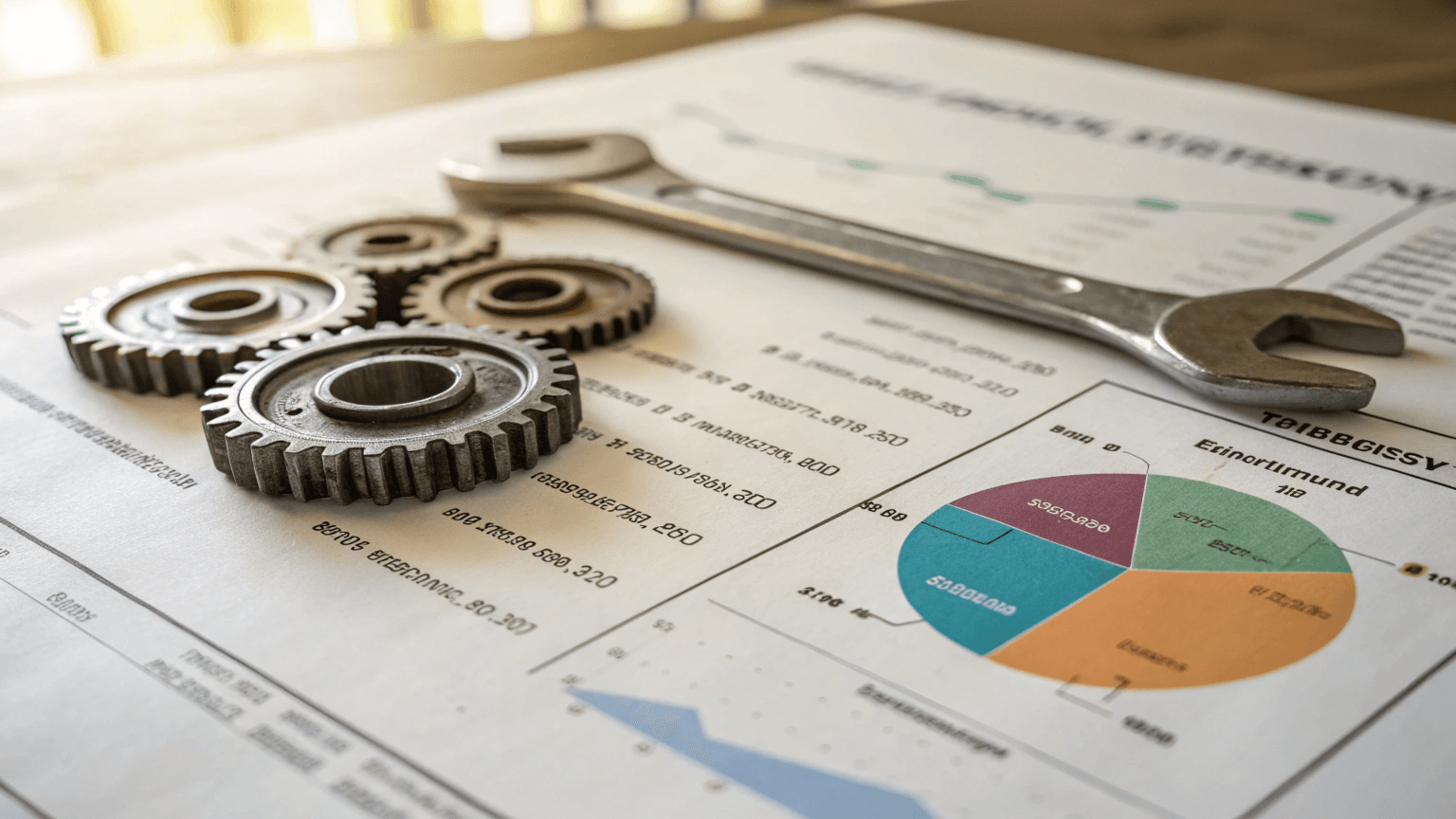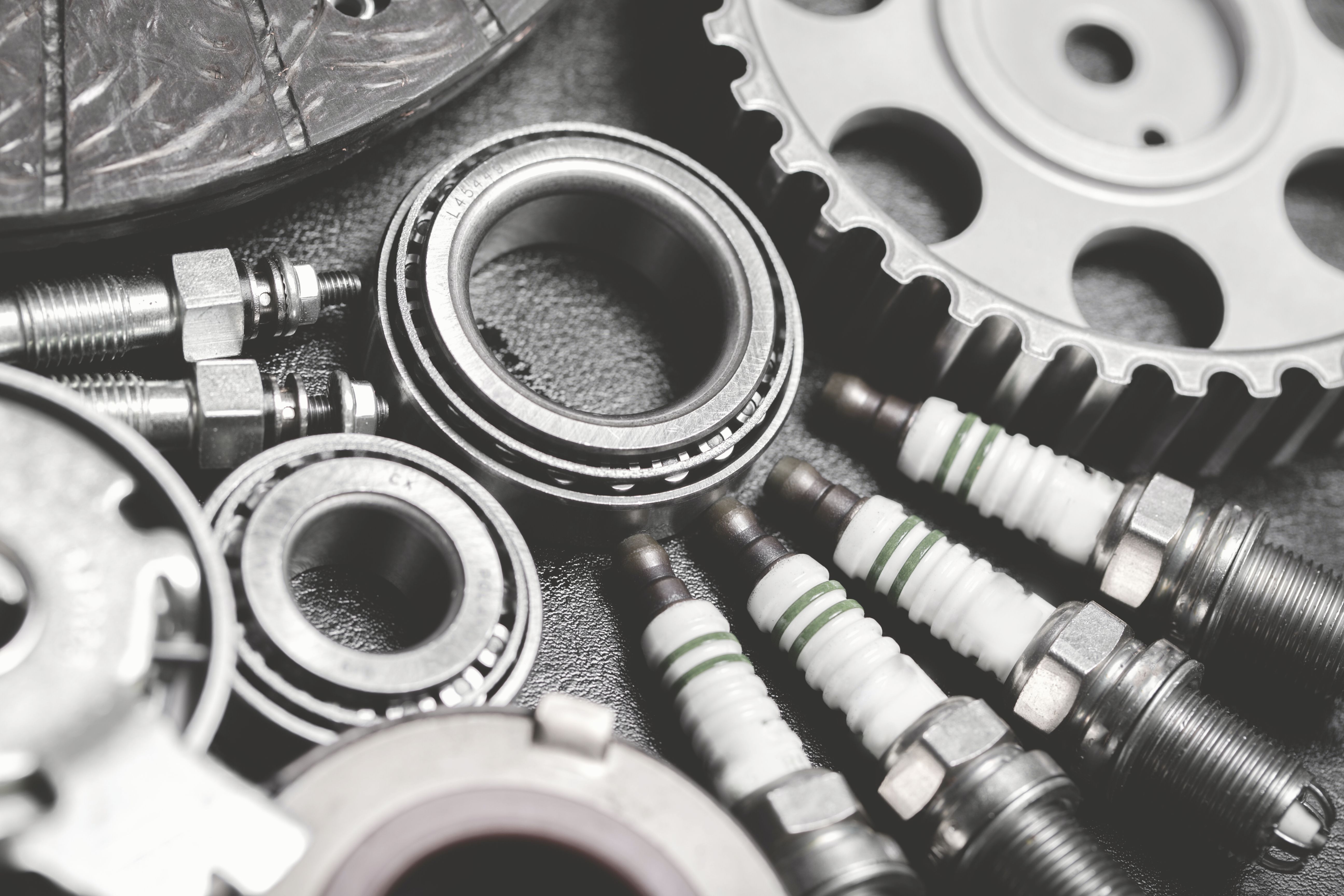How to Price Parts for Auto Repair Shops
In some ways, pricing for auto repair shops should be easy, right? You have your costs of parts, you have the cost of labor, and you then calculate...
3 min read
 Eric Joern
| March 26, 2025
Eric Joern
| March 26, 2025

Running an auto repair shop isn’t just about fixing cars—it’s about making real money. But here’s the problem: if you’re mixing up markup and profit margin, you could be undercharging without even knowing it. And when that happens? You’re working just as hard but making way less than you should.
Let’s fix that so you can price smarter, protect your profits, and stop giving away money for free.
Markup and profit margin might sound like the same thing, but they’re completely different—and confusing them is one of the fastest ways to kill your profits. Let’s break it down.
Markup and profit margin are not the same thing, even though people mix them up all the time.
Markup is the amount you add to your cost to set your final price. It’s calculated based on what you paid for the part or service.
So in this case, you marked up the part by 50%.
Profit margin is what percentage of your final selling price is actually profit. Unlike markup, it’s based on the final price you charge the customer.
To calculate profit margin:
So while you marked up the part by 50%, your actual profit margin is only 33.3%.
If you confuse markup with margin, you’re probably underpricing parts and labor without even knowing it.
Let’s say you want a 40% profit margin, but instead of calculating it properly, you just apply a 40% markup and call it a day.
Here’s what happens:
To actually hit a 40% margin, you need to price it at $166.67, not $140.
That’s a $26.67 difference per part—and if you sell 500 parts a month, that’s over $13,000 in lost profit every month. Ouch.
One-size-fits-all pricing doesn’t work. A markup matrix helps you apply different markups based on the part’s cost.
This strategy keeps pricing competitive while protecting your margins.
Labor pricing should cover:
Technician wages
Shop overhead (rent, utilities, tools, software)
Your target profit margin
If you haven’t updated your labor rates in a while, chances are you’re losing money. Review them every six months to keep up with rising costs.
Markup isn’t enough—you need to track real profit margins. Your shop management software should have profit margin reports—use them!
Tracking margins helps you:
✅ Catch pricing mistakes early
✅ Adjust prices based on profitability
✅ Improve cash flow
Another mistake? Only marking up based on parts and labor costs—without factoring in shop overhead. Rent, insurance, utilities, and software all add up. If you don’t account for them, your pricing might be too low to stay profitable.
🚫 A flat markup doesn’t work. Smaller parts need higher markups, and bigger-ticket items need lower, more competitive markups.
🚫 A 50% markup doesn’t mean a 50% profit margin. Always calculate profit margin based on the selling price, not just cost.
🚫 If your labor rate is too low, you’re barely breaking even. Make sure labor covers wages, expenses, and profit.
Auto repair is a tough business, and you deserve to be paid for the work you do. But if you’re pricing based on gut feelings instead of solid numbers, you’re making things harder than they need to be.
Here’s the bottom line:
Markup helps you price your parts.
Profit margin tells you what you actually keep.
Mixing them up could be costing you thousands.
Get this right, and you’ll increase revenue, improve cash flow, and grow your shop—all without working any harder.
Take control of your pricing today. Stop undercharging and start keeping more of what you earn!

In some ways, pricing for auto repair shops should be easy, right? You have your costs of parts, you have the cost of labor, and you then calculate...

Running an auto repair shop isn't just about turning wrenches—it’s about running a business that thrives. And guess what? The shops that dominate the...

As a small or medium-sized business owner, you’re always on the lookout for tools to enhance profitability and streamline operations. One underrated...